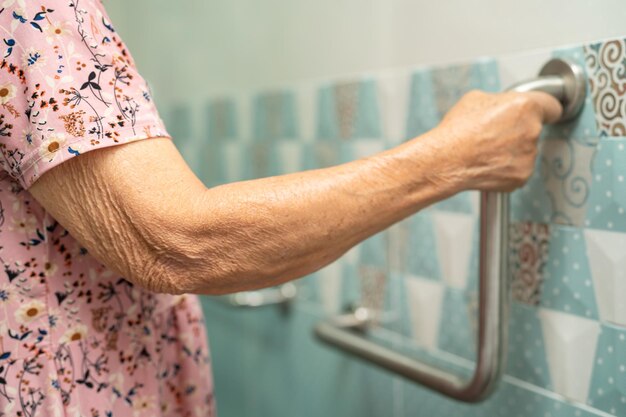Is Your Walk-In Bathtub Covered by Medicare? Discover the Facts and Explore Your Options
As we age, maintaining independence and safety in our homes becomes increasingly important. Walk-in bathtubs, with their easy access and safety features, are a popular choice among seniors looking to improve their bathroom accessibility. However, a common question arises: Does Medicare cover the cost of walk-in bathtubs? Let's demystify this topic and explore alternative resources that can help alleviate the financial burden, opening doors to enhanced lifestyle improvements.
Medicare's Stance on Walk-In Bathtubs
Generally, Medicare does not cover the cost of walk-in bathtubs. Classified as medically necessary equipment by some users, these tubs still fall into the category of personal comfort items, similar to bathroom fixtures, which Medicare traditionally does not cover. Yet, depending on particular circumstances, a physician might determine that a walk-in bathtub is necessary for treating or managing a specific medical condition. In such cases, there may be special considerations, but it remains rare.
Exploring Financial Assistance Options
Since Medicare coverage limitations may put walk-in bathtubs out of reach for many individuals living on a fixed income, it's essential to explore other financial assistance programs that could lighten the load.
Medicaid Waivers: Unlike Medicare, state-run Medicaid programs may offer waivers that include home modifications, such as walk-in bathtubs, in their coverage when they're deemed medically necessary. Rules and availability can vary widely by state, so you’ll need to check with your local Medicaid office.
Veterans Benefits: If you're a veteran, the Department of Veterans Affairs (VA) provides support through different programs. The Home Improvements and Structural Alterations (HISA) grant could aid eligible veterans in financing a walk-in bathtub.
Non-Profit Organizations: Several non-profit organizations focus on helping seniors and those with disabilities to live more comfortably at home. Groups like Rebuilding Together or the Area Agencies on Aging sometimes provide grants or assistance to cover home modifications.
Alternative Credit Solutions and Loans
If it seems like financial assistance programs don't fit your situation, consider other options:
Home Equity Loans: If you have significant equity in your home, home equity loans or lines of credit provide funding for enhancements like walk-in bathtubs, often at lower interest rates.
Personal Loans: Banks and credit unions can offer personal loans with terms that suit your financial situation. Remember to examine interest rates and repayment terms carefully.
Credit Cards: While it's crucial to be cautious due to higher interest rates, some may choose credit cards to fund such purchases. Consider using cards that offer cash-back rewards or 0% introductory APRs.
Educational and Financial Planning Resources
Improving home safety shouldn't stop at installing a walk-in bathtub. Broaden your approach with educational and financial planning resources to ensure sustainable financial health:
Aging and Disability Resource Centers (ADRCs) offer connections to local programs and services that can assist with home modification, along with robust financial planning support.
Community Workshops or online courses focused on budgeting, debt management, and financial planning are available to equip you with the know-how to effectively manage or reduce debt.
Summary of Assistance Programs and Financial Tools
🔹 Medicaid Waivers: State-specific coverage for medically necessary home modifications.
🔹 VA Benefits: HISA Grants for eligible veterans to finance modifications.
🔹 Non-Profits: Organizations aiding seniors with home modifications.
🔹 Home Equity Loans: Leverage your home’s value for funding.
🔹 Personal Loans & Credit Cards: Financing options with various terms.
Achieving a safer, more accessible living space is within reach, even without direct support from Medicare for a walk-in bathtub. With the right information and resources, you can mitigate the financial impact and work towards a more independent living experience.

Related Topics
- Am I Elgible For Medicare
- Am I Enrolled In Medicare
- Am I Qualified For Medicare
- Are Adult Diapers Covered By Medicare
- Are Chemotherapy Drugs Covered By Medicare Part d
- Are Colonoscopies Covered By Medicare
- Are Covid Tests Covered By Medicare
- Are Cpap Machines Covered By Medicare
- Are Cpap Supplies Covered By Medicare
- Are Dental Implants Covered By Medicare